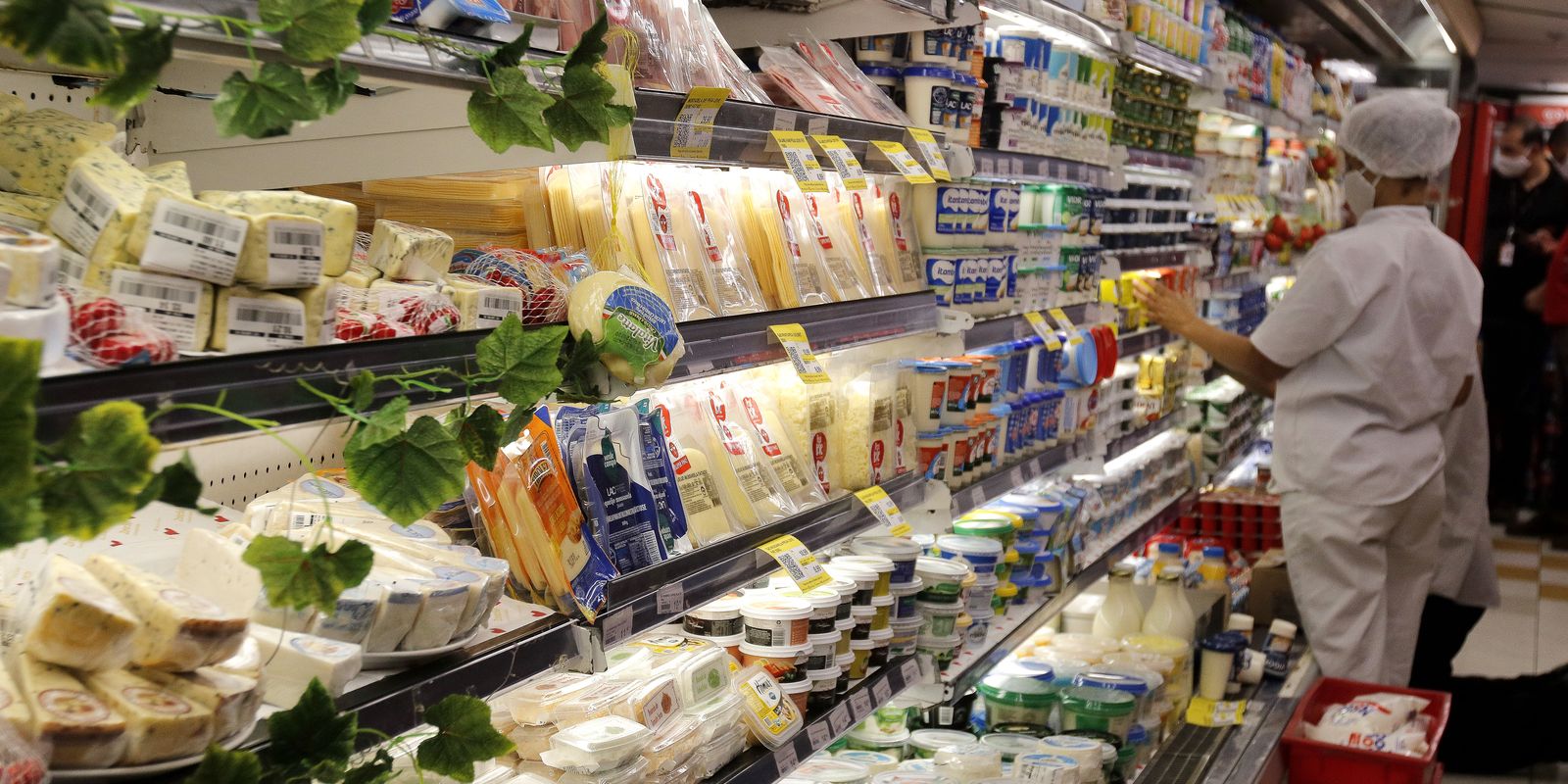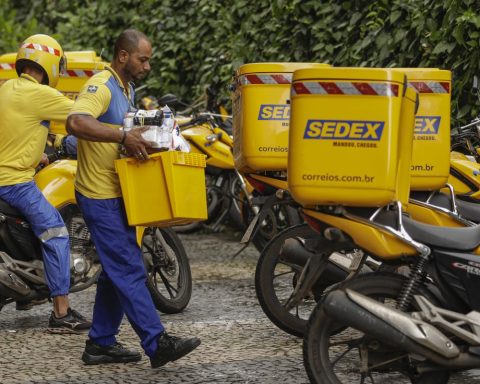Inflation accelerated in December for almost all income groups, compared to November. The exception was for high-income families, with a drop from 0.64% to 0.55% from one month to the next. On the other hand, inflation for very low-income families increased from 0.26% in November to 0.48% in December. The impact came mainly from the food and beverage and transport groups.
The data comes from the Ipea Inflation Indicator by Income Range, released this Thursday (16) by the Institute of Applied Economic Research (Ipea).
In 2024, the low-income group recorded the highest inflationary increase, of 5%, while the high-income segment had a lower rate of 4.4%.
When comparing 2024 with 2023, there was an acceleration in inflation for the first four income brackets and a deceleration for the upper and upper middle income brackets.
When comparing December 2024 with the same month in 2023, with the exception of the middle and upper-middle income groups, all other income classes recorded a slowdown.
The impact of the increase in food at home was proportionally stronger in the lower income classes, given the higher percentage of this expense in these families’ budgets, while the pressure exerted by the transport group was more intense for the high-income segment.
In the case of food, even in the face of even more intense deflations in cereals (-0.98%), tubers (-7.2%) and milk and dairy products (-0.63%), the effects of the strong rise in animal proteins, such as meat (5.3%) and poultry and eggs (2.2%), in addition to the adjustments in soybean oil (5.1%) and coffee (5%), largely explain the impact of this group for segments of the lower income classes in December.
In relation to the transport group, in addition to the increase in fuel prices (0.7%), the adjustments in train and interstate bus fares (3.8%) had a stronger impact on inflation in the lower income segments, while the increases transport via app (20.7%) and airline tickets (4.5%) put greater pressure on inflation among families with greater purchasing power.
On the other hand, the deflation pointed out by the housing group, reflecting the drop in electricity tariffs (-3.2%), generated inflationary relief, in December, for all classes.
In general, the biggest inflationary pressures in the last 12 months were in the food and beverage, health and personal care and transport groups. In the case of food at home, although the increase was widespread, the strong increases in the period in important items in the household consumption basket such as rice (8.2%), meat (20.8%), poultry and eggs (6.5%), soybean oil (29.2%), milk (18.8%) and coffee (36.9%) are highlights.
In relation to health and personal care, the biggest contributions recorded in 12 months came from pharmaceuticals (6%) and hygiene products (4.2%), health services (7.6%) and health plans (7 .9%). The biggest pressures exerted by the transport group came from the increase in subway fares (10.8%) and app-based transport (10%), in addition to the adjustments for gasoline (9.7%) and ethanol (17.6% ).

















